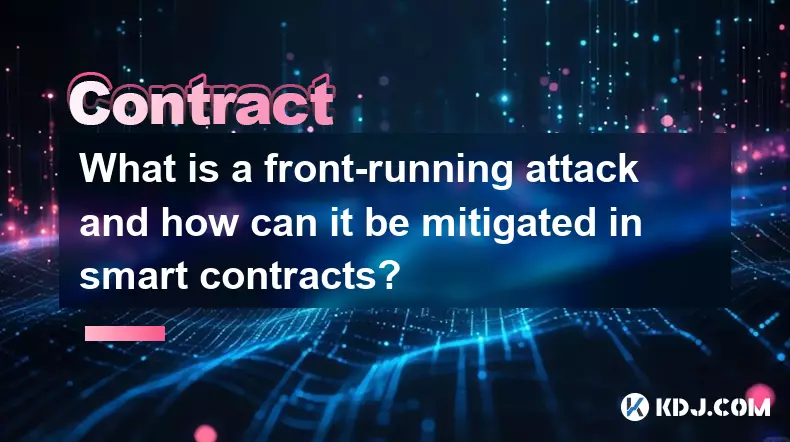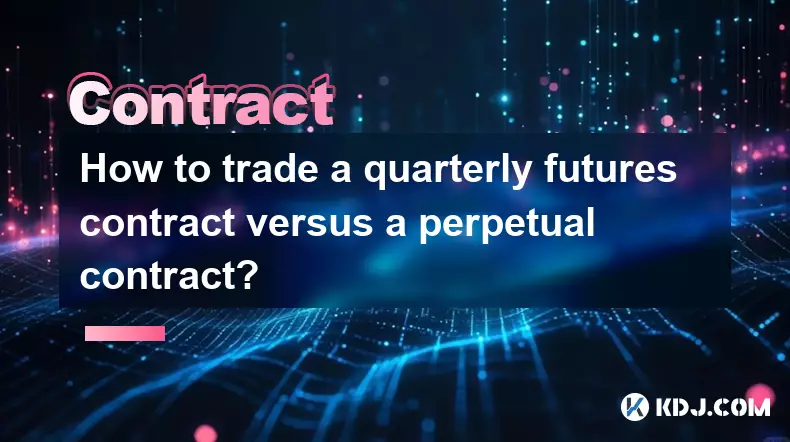-
 bitcoin
bitcoin $102877.190955 USD
1.88% -
 ethereum
ethereum $3430.435064 USD
4.52% -
 tether
tether $0.999264 USD
-0.05% -
 xrp
xrp $2.307310 USD
4.49% -
 bnb
bnb $987.740692 USD
3.82% -
 solana
solana $161.947760 USD
3.97% -
 usd-coin
usd-coin $0.999712 USD
-0.05% -
 tron
tron $0.292810 USD
2.93% -
 dogecoin
dogecoin $0.179738 USD
10.70% -
 cardano
cardano $0.580716 USD
8.75% -
 hyperliquid
hyperliquid $42.463448 USD
8.40% -
 chainlink
chainlink $15.763437 USD
7.05% -
 zcash
zcash $649.595636 USD
17.21% -
 bitcoin-cash
bitcoin-cash $511.610261 USD
7.19% -
 stellar
stellar $0.292537 USD
7.91%
What Is the Best Leverage to Use for Ethereum (ETH) Futures Trading?
Leverage in Ethereum futures amplifies both gains and risks, with high ratios like 100x increasing liquidation chances during ETH's volatile swings.
Oct 30, 2025 at 06:01 am

Understanding Leverage in Ethereum Futures Trading
1. Leverage allows traders to control a larger position using a smaller amount of capital by borrowing funds from the exchange. In Ethereum futures trading, leverage magnifies both potential gains and losses, making it a powerful but risky tool. Traders can find leverage ratios ranging from 2x to as high as 100x on various platforms.
2. The best leverage level depends heavily on a trader’s risk tolerance, strategy, and market conditions. While higher leverage may seem attractive due to the potential for amplified returns, it also increases the likelihood of liquidation during volatile price swings, which are common in the ETH market.
3. Many experienced traders recommend starting with lower leverage—between 2x and 5x—especially for beginners. This approach helps manage risk while still allowing exposure to price movements. It provides a buffer against sudden shifts without exposing the entire margin to rapid depletion.
4. Institutional traders often use systematic risk controls and rarely exceed 5x leverage. Their focus is on consistency and capital preservation rather than aggressive speculation. Retail traders can benefit from adopting similar discipline when determining appropriate leverage levels.
Why High Leverage Can Be Dangerous in ETH Markets
1. Ethereum is known for sharp volatility, especially during macroeconomic events or major protocol upgrades. A leverage of 10x or higher can lead to quick liquidations even with minor adverse price moves. For example, a 10% drop in ETH price at 10x leverage wipes out the full margin.
2. Liquidation mechanisms vary across exchanges, but most automatically close positions once the margin falls below maintenance requirements. High leverage reduces the buffer before this threshold is reached, increasing the chance of forced exits at unfavorable prices.
3. During periods of low liquidity or flash crashes, slippage combined with high leverage can result in losses exceeding the initial margin. This phenomenon has been observed during Black Thursday (March 2020) and other extreme market stress events involving crypto assets.
4. Over-leveraged positions often force emotional decision-making. Traders under pressure may panic-sell or add funds impulsively, worsening outcomes. Discipline tends to erode when large portions of equity are at stake due to excessive leverage.
Strategies for Optimal Leverage Selection
1. Align leverage with trading timeframe. Short-term scalpers might use 3x–5x leverage with tight stop-losses, while swing traders holding positions for days may prefer 2x–3x to withstand overnight volatility. Position traders typically avoid leverage altogether or keep it minimal.
2. Use volatility indicators such as Average True Range (ATR) or Bollinger Bands to assess current market conditions. In high-volatility environments, reducing leverage—even down to 1x—can prevent unnecessary risk exposure despite strong convictions.
3. Implement position sizing formulas that factor in stop-loss distance and account risk per trade. A common rule is risking no more than 1%–2% of total capital per trade. From there, calculate the maximum allowable leverage based on entry, stop, and contract size.
4. Backtest leverage usage across historical ETH price data. Simulate how different leverage levels would have performed during past bull runs, corrections, and consolidation phases. Realistic simulations reveal how small changes in leverage impact drawdowns and recovery time.
Frequently Asked Questions
What happens if my leveraged ETH futures position gets liquidated?When your margin balance falls below the required maintenance level, the exchange automatically closes your position to prevent further losses. You lose the initial margin posted, and some platforms may charge additional fees depending on their liquidation model.
Can I trade ETH futures without using any leverage?Yes, most futures platforms allow 1x leverage, meaning you trade with the full value of the contract covered by your collateral. This eliminates the risk of liquidation and is suitable for hedging or conservative speculation.
Do all exchanges offer the same maximum leverage for ETH futures?No, leverage limits vary significantly between exchanges. Some centralized platforms offer up to 100x, while regulated derivatives exchanges like CME typically cap leverage at much lower levels, often around 5x–10x.
How does funding rate affect leveraged ETH futures trades?Funding rates are periodic payments exchanged between long and short traders to align futures prices with spot values. Holding leveraged positions over extended periods incurs these costs, which can erode profits or deepen losses, especially in trending markets.
Disclaimer:info@kdj.com
The information provided is not trading advice. kdj.com does not assume any responsibility for any investments made based on the information provided in this article. Cryptocurrencies are highly volatile and it is highly recommended that you invest with caution after thorough research!
If you believe that the content used on this website infringes your copyright, please contact us immediately (info@kdj.com) and we will delete it promptly.
- BlockDAG, Avalanche, Dogecoin: Crypto's Leading Trio in 2025
- 2025-11-07 22:05:01
- Layer 2 Coins: Will There Be a Potential Explosion by 2026?
- 2025-11-07 16:50:02
- Filecoin, ICP, and the AI Infrastructure Renaissance: Is History Repeating?
- 2025-11-07 16:50:02
- Bitcoin's Wild Ride: Surges, Zeros, and the Search for Stability
- 2025-11-07 17:05:01
- XRP, Bitcoin, and the Rally: What's the Deal, New York?
- 2025-11-07 17:25:01
- Filecoin, DePIN, and a Technical Breakout: What's the Buzz?
- 2025-11-07 17:05:01
Related knowledge

What is a state machine and how can a contract be designed as one?
Nov 08,2025 at 02:19pm
Understanding State Machines in Blockchain Context1. A state machine is a computational model used to design systems that transition between defined s...

What is a front-running attack and how can it be mitigated in smart contracts?
Nov 08,2025 at 11:20am
Understanding Front-Running in Blockchain Transactions1. In the context of blockchain and decentralized applications, a front-running attack occurs wh...

What are flash loans and how do they allow for uncollateralized borrowing?
Nov 08,2025 at 10:39am
Understanding Flash Loans in Decentralized Finance1. Flash loans represent a novel innovation within the decentralized finance (DeFi) ecosystem, enabl...

How to trade a quarterly futures contract versus a perpetual contract?
Nov 06,2025 at 06:44am
Understanding the Core Differences Between Quarterly and Perpetual Contracts1. Quarterly futures contracts have a fixed expiration date, typically set...

How to understand the liquidation engine for a crypto contract?
Nov 06,2025 at 09:05am
Understanding the Role of Liquidity Pools in Decentralized Finance1. Liquidity pools are foundational components within decentralized exchanges (DEXs)...

How to use a demo account to practice trading contracts?
Nov 06,2025 at 08:55am
Understanding the Purpose of a Demo Account in Contract Trading1. A demo account allows traders to simulate real market conditions without risking act...

What is a state machine and how can a contract be designed as one?
Nov 08,2025 at 02:19pm
Understanding State Machines in Blockchain Context1. A state machine is a computational model used to design systems that transition between defined s...

What is a front-running attack and how can it be mitigated in smart contracts?
Nov 08,2025 at 11:20am
Understanding Front-Running in Blockchain Transactions1. In the context of blockchain and decentralized applications, a front-running attack occurs wh...

What are flash loans and how do they allow for uncollateralized borrowing?
Nov 08,2025 at 10:39am
Understanding Flash Loans in Decentralized Finance1. Flash loans represent a novel innovation within the decentralized finance (DeFi) ecosystem, enabl...

How to trade a quarterly futures contract versus a perpetual contract?
Nov 06,2025 at 06:44am
Understanding the Core Differences Between Quarterly and Perpetual Contracts1. Quarterly futures contracts have a fixed expiration date, typically set...

How to understand the liquidation engine for a crypto contract?
Nov 06,2025 at 09:05am
Understanding the Role of Liquidity Pools in Decentralized Finance1. Liquidity pools are foundational components within decentralized exchanges (DEXs)...

How to use a demo account to practice trading contracts?
Nov 06,2025 at 08:55am
Understanding the Purpose of a Demo Account in Contract Trading1. A demo account allows traders to simulate real market conditions without risking act...
See all articles





















![The Graph Price Prediction [GRT Crypto Price News Today] The Graph Price Prediction [GRT Crypto Price News Today]](/uploads/2025/11/07/cryptocurrencies-news/videos/690d4df44fe69_image_500_375.webp)



















































